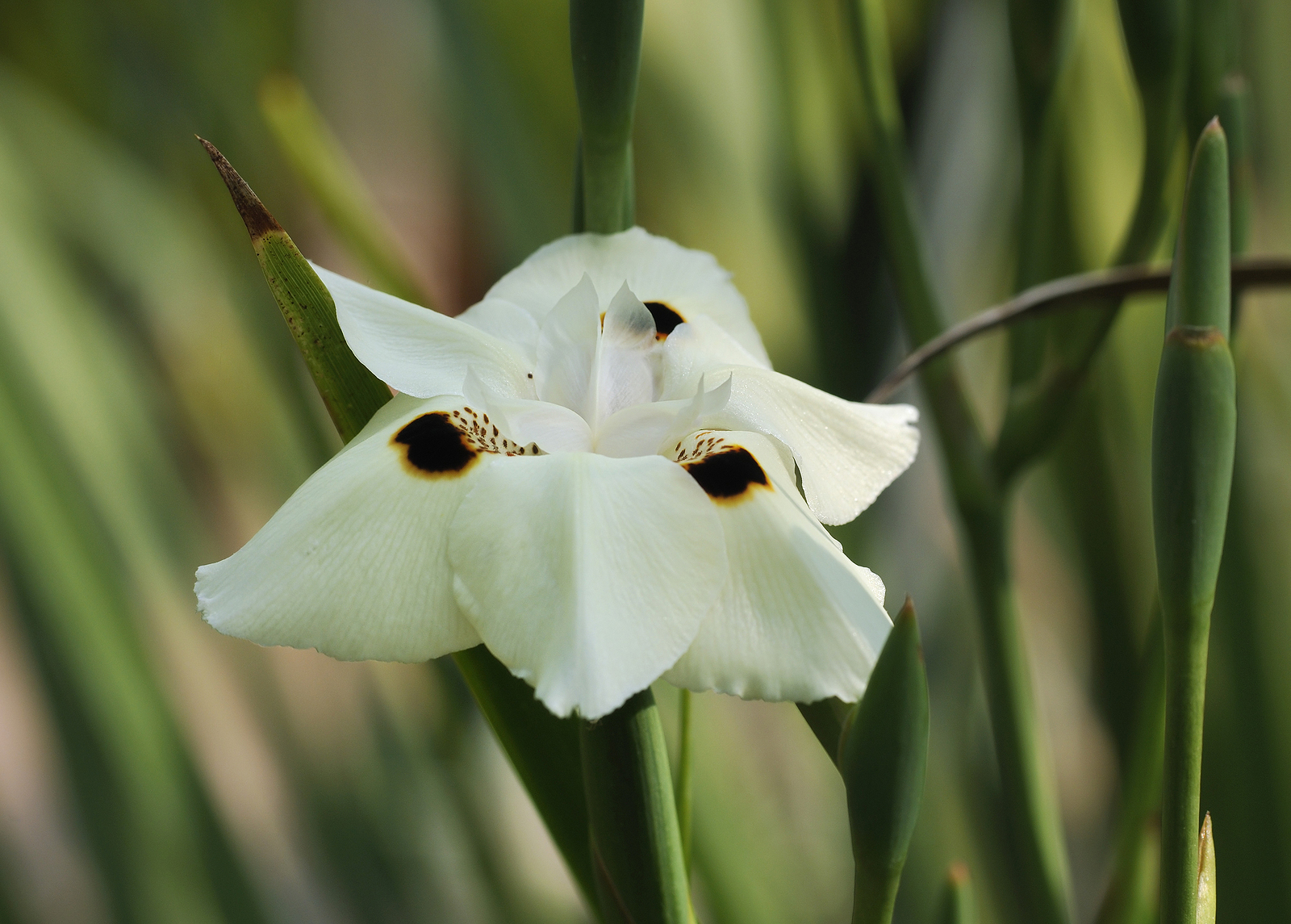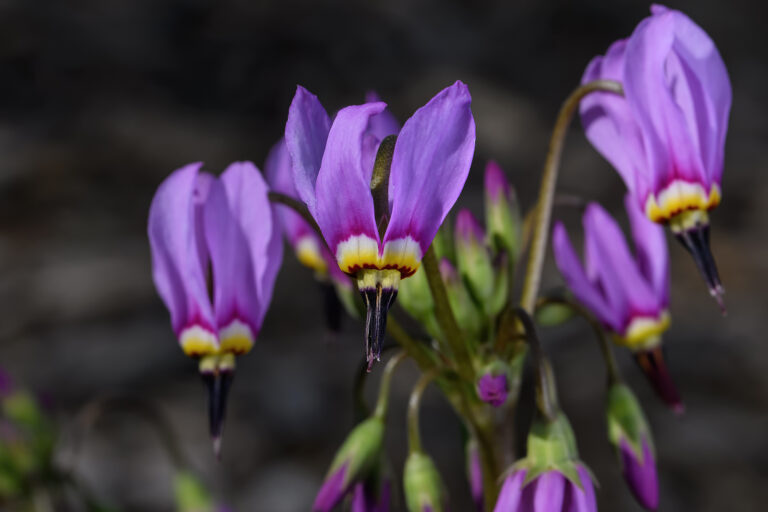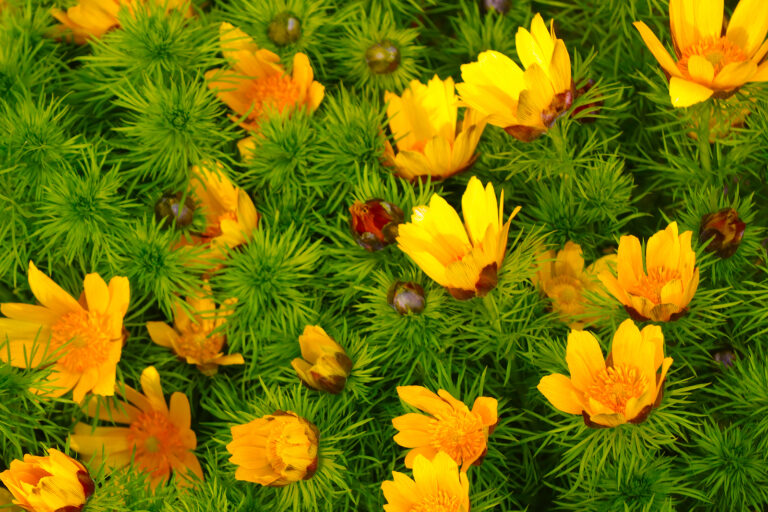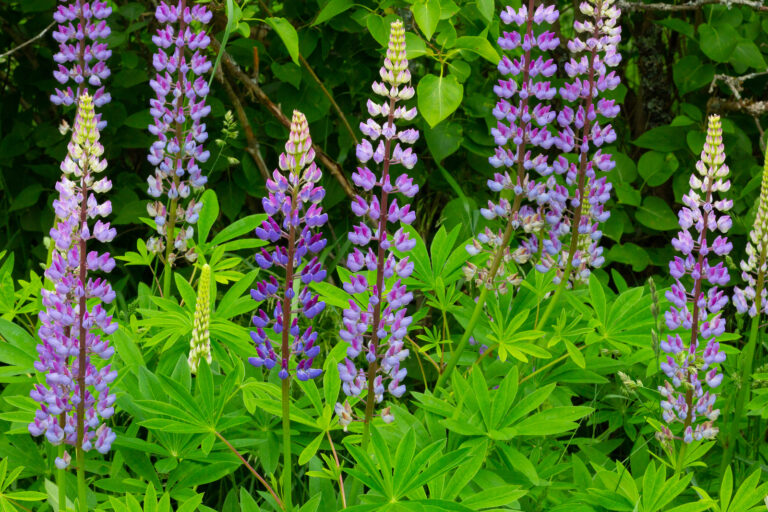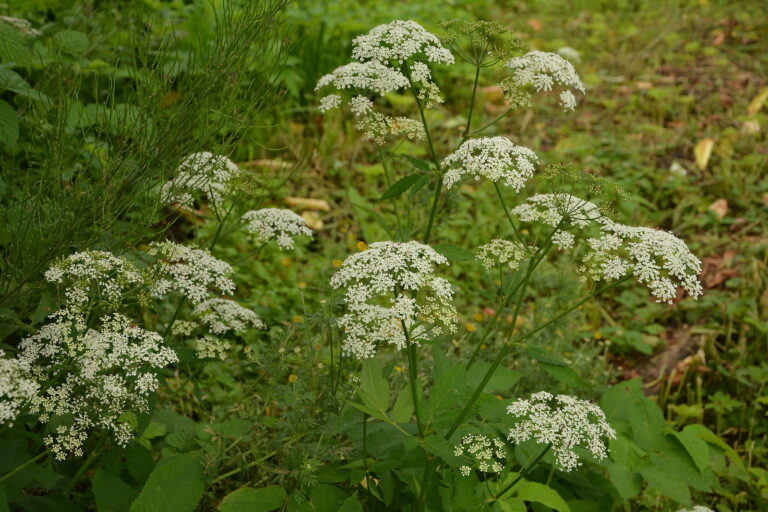How to Grow Fortnight Lily — Dietes
Dietes–commonly called fortnight lily or African iris–is a rhizomatous perennial cultivated for colorful iris-like flowers. All varieties grow quickly and produce flowers at two-week intervals throughout spring, summer, and fall.
Dietes is an iris-like plant with fans of stiff narrow, evergreen leaves growing from dense long-lasting clumps. The flowers resemble small Japanese irises; each flower consists of three outer and three inner segments. Flowers can be white, cream, or yellow often with a contrasting blotch at the base of the outer segments.
Dietes can grow in a wide range of soils as long as the soil is well-drained. Established plants can tolerate neglect and infrequent watering once established. Flower production will slow in hot, dry weather.
Dietes are a good choice for accent in gardens, around pools, along walkways, and in containers.
Dietes is a genus of six species native to tropical southern and eastern Africa.
Get to know Dietes
- Plant type: Rhizomatous perennial
- Growing zones and range: Zones 8-10
- Hardiness: Hardy to Zone 8
- Height and width: 24 to 36 inches (60-90cm) tall and often as wide
- Foliage: Erect, linear to sword-shaped leathery basal leaves
- Flowers: Iris-like flowers consist of three outer and three inner segments; blooms occur at 2-week intervals; each blossom lasts one day
- Flower colors: white, cream, yellow; outer segments feature a small blotch of contrasting orange, yellow, or brown
- Bloom time: Spring, summer, fall
- Uses: Border, cut flowers, greenhouse
- Common name: Fortnight lily, African iris
- Botanical name: Dietes
- Family name: Iridaceae
- Origin: Tropical central and southern Africa

Where to plant Dietes
- Plant Dietes in full sun or partial shade.
- Grow Dietes in moist but well-drained soil.
When to plant Dietes
- Set container-grown Dietes outdoors in spring or autumn.
Planting and spacing Dietes
- Space Dietes 24 to 36 inches (60-90cm) apart.
How to water and feed Dietes
- Keep the soil evenly moist but not wet during the growing period; reduce water after flowering.
- Fertilize Dietes with a balanced liquid fertilizer
Dietes care
- Cut back the flowering stems of Dietes iridioides after flowering.
Dietes pests and diseases
- Rust and crown and root rot commonly afflict Dietes.
Dietes propagation
- Sow seed in autumn or spring.
- Divide rhizomes after flowering; divisions may be difficult to establish.
Dietes varieties to grow
- Dietes bicolor. Rhizomatous perennial with narrowly sword-shaped, pale green basal leaves; bears pale to deep yellow flowers; 3 larger tepals ave a brown mark at the base; grows to 36 inches tall.
- D. grandiflora, wild iris. Rhizomatous perennial with sword-shaped dark green leaves to 28 inches long; bears white flowers to 4 inches across with a yellow mark at the base of the 3 large tepals and a brown mark at the base of the 3 smaller tepals; grows to 3 feet or taller.
- D. iridioides, syn. D. vegeta. Rhizomatous perennial with a fan of sword-shaped, dark green, basal leaves to 24 inches long; white flowers to 2 inches across with a yellow mark at the center of each.

